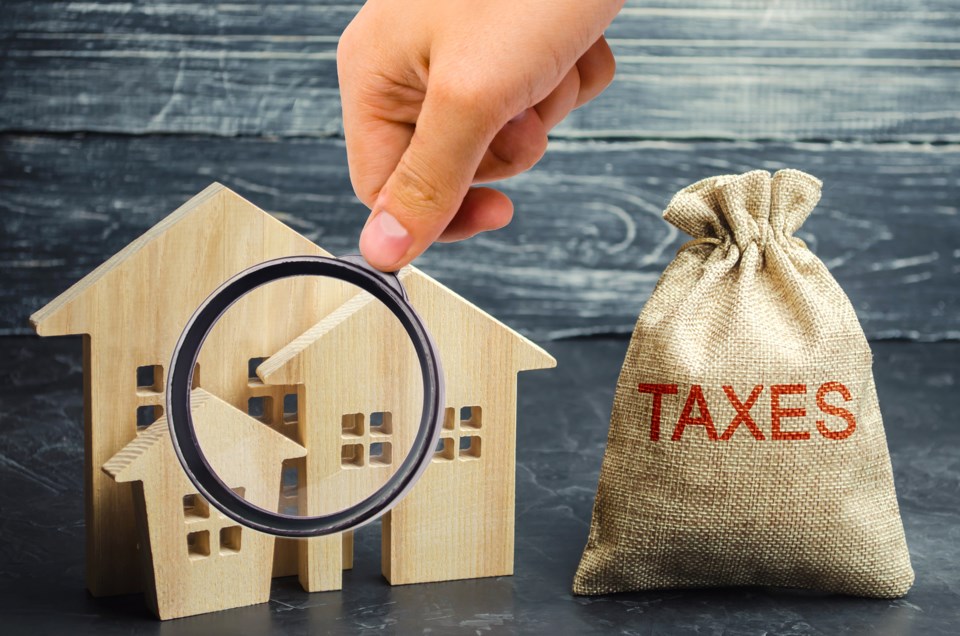HUMBOLDT — The city has determined how it’s going to levy its taxes for 2019.
A median home in Humboldt with a taxable assessment of $189,600 will be paying $1,913.02 in municipal tax, an increase of $47.05 from last year.
Council looked at the tax rates at its May 13 meeting. Bylaws to make them official will be voted on at the May 27 council meeting.
Rob Muench, Humboldt’s mayor, said he thought the taxes were fair.
“We still continue to give some relief to some of the warehouse-workshop-type commercial businesses in the community that were hit extra hard on the last assessment on their property values,” he said. “Some of those places saw increases that we worked last year to bring down between 10 and 15 per cent.”
As classes of property, the tax increase for residential and general commercial properties is 2.2 per cent, apartment buildings 1.2 per cent, and warehouse-workshops one per cent.
The city uses two broad types of tax tools to generate revenues.
A mill rate is a proportion of a property’s assessed value. The city can then apply what’s called a mill rate factor, where certain classes of property pay by a multiple of the initial mill rate calculation.
One thing the city is doing this year is continuing with an effort to decrease the gap between what commercial and residential properties will pay. This year, most residential property owners will pay a factor of 0.777, compared to 0.772 last year, while most commercial property owners will pay a factor of 2.177, compared to 2.18 in 2018.
“We want to make sure that our city is competitive, to keep those commercial rates to where they are the same as other communities in the province, and we’re slowly working our way to that point,” MUE said. “We can’t do it all in one year, but we can do it year after year and try to work our way to where that works out fair.”
The city also uses a system where some base taxes increase per $100,000 in property value after $150,000. A base tax is a flat fee.
Homeowners will be playing 0.51 per cent of their home’s total assessed value in mill rate tax, plus $500 in base tax, $135 in infrastructure base tax and $70 in road rehabilitation base tax. Last year, they paid 0.49 per cent of their assessed value in mill rate tax, $500 in base tax, $130 in infrastructure base tax, and $65 in road rehabilitation base tax.
Business owners, with the exception of warehouses and workshops, will pay 1.79 per cent of their total assessed value in mill rate tax – an increase of 0.04 per cent, plus $500 in base tax. Warehouses and workshops will pay 1.49 per cent of their total assessed value.
All types of commercial property owners will pay $135 in infrastructure base tax for the first $150,000 in assessed value, with $135 added per every $100,000 in value up to $1,050,000. As well, they’ll pay $70 in road rehabilitation base tax for the first $150,000 in assessed value, with $70 added per every $100,000 in value up to $1,050,000.
A business, except for warehouses and workshops, assessed at $150,000 will pay $3,591.40, an increase of $85.40; one worth $250,000 will pay $5,584, an increase of $139, while one worth $2 million will pay $41,377, an increase of $1,122.



